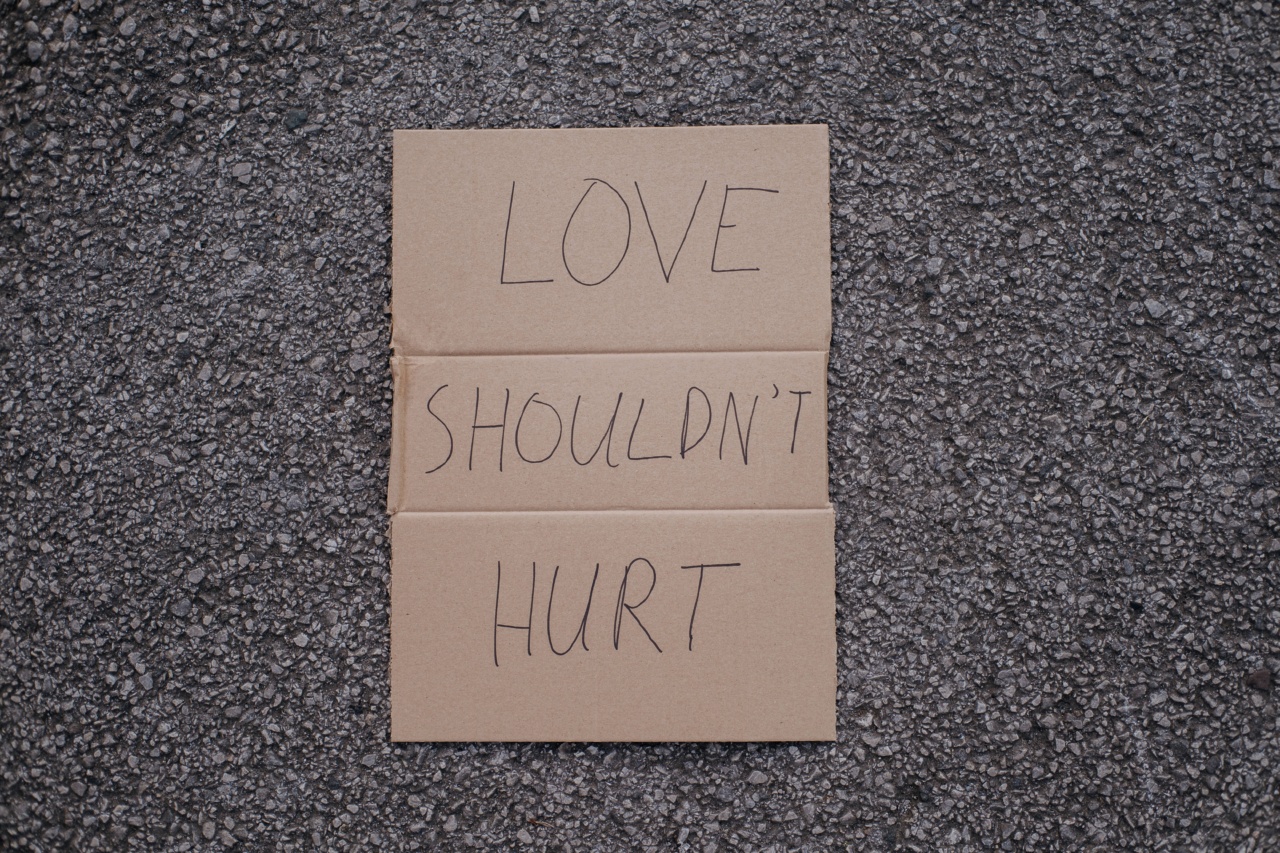Social anxiety, also known as social phobia, is a common mental health disorder that affects millions of people worldwide. It is characterized by an intense fear of social situations and a persistent worry about being judged or humiliated by others.
While this condition can be triggered by various factors, one often overlooked cause is the presence of physical symptoms.
The Connection Between Physical Symptoms and Social Anxiety
Social anxiety disorder is typically associated with psychological symptoms such as excessive self-consciousness, fear of embarrassment, and avoidance of social interactions.
However, many individuals with social anxiety also experience physical symptoms that can further exacerbate their condition.
1. Sweating:
Sweating excessively, particularly in social situations, is a common physical symptom associated with social anxiety.
This can lead to feelings of embarrassment and self-consciousness, making individuals more reluctant to engage in social activities.
2. Blushing:
Blushing, or the sudden reddening of the face, is another physical symptom that often accompanies social anxiety.
Those who experience blushing may worry that others will perceive them as anxious or uncomfortable, intensifying their feelings of self-consciousness.
3. Trembling:
Trembling or shaking is a physical manifestation of anxiety that can be particularly distressing in social situations.
Individuals may worry about others noticing their trembling and interpret it as a sign of weakness or nervousness.
4. Nausea:
Some individuals with social anxiety experience stomach discomfort or nausea before or during social events.
This physical symptom can create added anxiety as they fear vomiting or having an embarrassing digestive issue in front of others.
5. Rapid Heartbeat:
In social situations, individuals with social anxiety may experience a rapid heartbeat or palpitations.
This physical response can intensify their anxiety and make them more self-conscious about their perceived nervousness.
6. Shortness of Breath:
Shortness of breath or difficulty breathing is a common physical symptom associated with anxiety disorders, including social anxiety.
This can cause individuals to feel as though they cannot breathe properly, heightening their anxiety and making social interactions even more challenging.
7. Dizziness:
Feeling lightheaded or dizzy is another physical symptom that can be experienced during social anxiety episodes.
This sensation can be distressing and make individuals worry about fainting or losing control in front of others.
8. Muscle Tension:
Tense muscles, often in the shoulders, neck, or jaw, are a physical manifestation of anxiety. This can be uncomfortable and may contribute to increased feelings of self-consciousness in social situations.
9. Upset Stomach:
Individuals with social anxiety may experience an upset stomach or gastrointestinal distress before or during social events.
This physical symptom can be distressing, leading to avoidance of social situations to prevent potential embarrassment.
10. Headaches:
Chronic or recurrent headaches are another physical symptom that can be associated with social anxiety.
These headaches may result from increased stress or tension, further impacting an individual’s ability to engage in social interactions.
Managing Physical Symptoms and Social Anxiety
While physical symptoms can exacerbate social anxiety, it is important to remember that they can be managed effectively. Here are some strategies to help individuals cope:.
1. Deep Breathing Techniques:
Deep breathing exercises can help individuals regain control over their breath and reduce feelings of shortness of breath or rapid heartbeat.
Practicing deep breathing before and during social situations can help alleviate physical symptoms.
2. Progressive Muscle Relaxation:
Progressive muscle relaxation involves tensing and releasing different muscle groups to promote relaxation.
Engaging in regular progressive muscle relaxation exercises can help reduce muscle tension associated with social anxiety.
3. Cognitive Behavioral Therapy (CBT):
CBT is a therapeutic approach commonly used to treat social anxiety.
By challenging and restructuring negative thought patterns, individuals can reduce anxiety and the subsequent physical symptoms.
4. Medication:
In some cases, medication may be prescribed to manage the symptoms of social anxiety. This can include selective serotonin reuptake inhibitors (SSRIs) or anti-anxiety medications.
It is crucial to consult with a healthcare professional for an accurate diagnosis and appropriate treatment plan.
5. Exposure Therapy:
Exposure therapy involves gradually exposing individuals to feared social situations in a controlled and supportive environment.
Through repeated exposure, individuals can learn to tolerate and eventually overcome their anxiety and physical symptoms.
6.
Lifestyle Changes:
Implementing healthy lifestyle habits, such as regular exercise, adequate sleep, and a balanced diet, can contribute to overall well-being and help manage social anxiety symptoms, including physical manifestations.
The Importance of Seeking Support
If symptoms of social anxiety, both psychological and physical, significantly impact your daily life and well-being, it is essential to seek professional support.
Mental health professionals, such as therapists or psychologists, can provide guidance, support, and evidence-based treatments to help manage social anxiety effectively.
Remember, you are not alone in your struggle, and with the right support and treatment, you can overcome the challenges associated with social anxiety.































